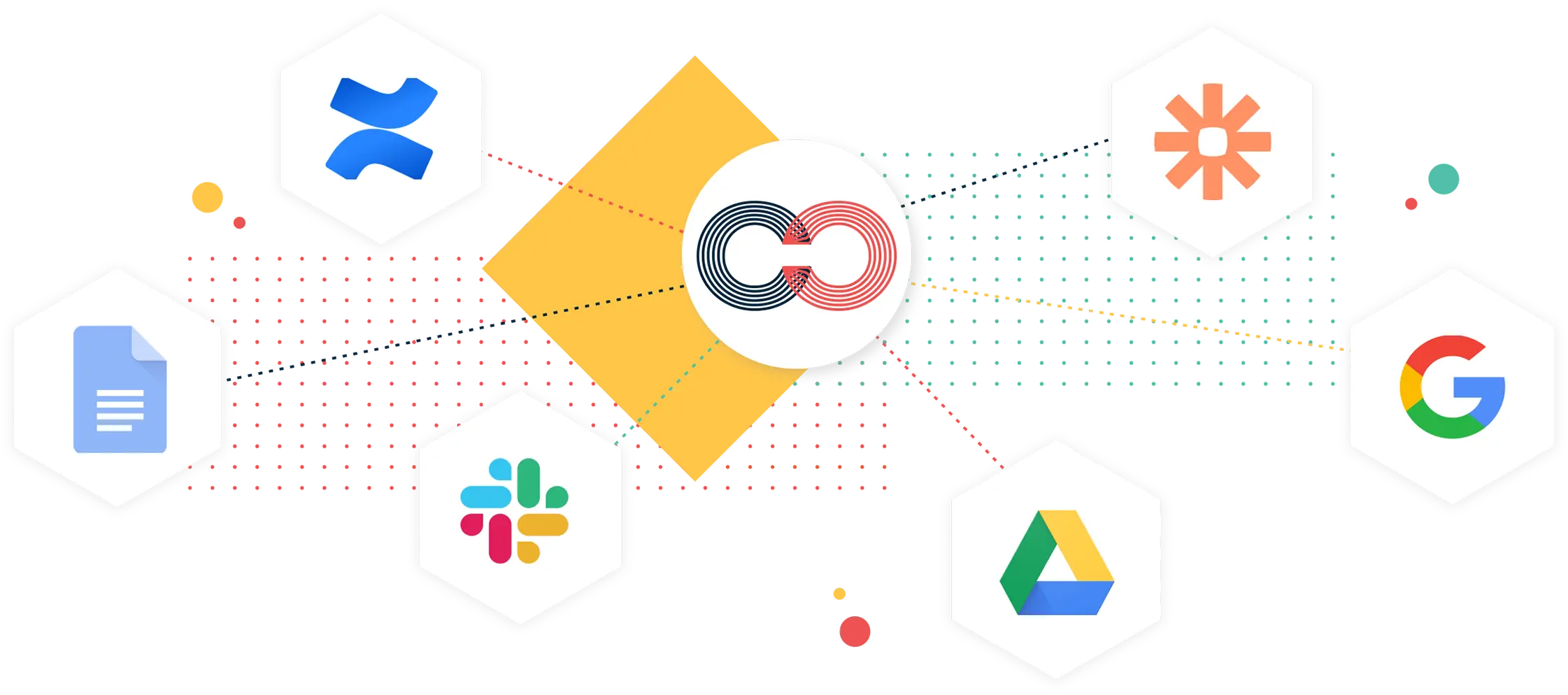Kano Model Template
Use this framework to efficiently identify high-satisfaction features and decide what to add to your product roadmap.
Edit This Template- Visual tool to prioritize efforts based on the likelihood that a feature will satisfy customers
- Helps product teams weigh high-satisfaction features against their cost of implementation
- Helps understand how customers will react to features
Creately helps you do this with
What is the Kano model?
The Kano Model is a technique to prioritize features in a product roadmap based on the likelihood of them satisfying customers. It helps come up with strategically sound decisions by weighing a high-satisfaction feature against its cost to implement. Product managers can use this model when prioritizing new features by grouping them into categories that range from those that could disappoint customers to those that are likely to satisfy or even delight customers.
- Open a Kano model template on Creately and invite team members to share their inputs on the canvas.
- The Kano model uses two axes: satisfaction and functionality. Each quadrant corresponds to a different value, namely: attractive, performance, indifferent, and must-be. Based on how customers react to them.
- Performance: These features are ones that have a proportional relationship between functionality and satisfaction, the more we provide, the more satisfied our customers become.
- Must-be: These are features customers expect your product to have. If your product doesn’t have them, customers will consider your product incomplete.
- Attractive: These are features that aren’t strictly necessary but will greatly increase the levels of satisfaction of customers if implemented.
- Indifferent: These are features whose presence or absence does not affect satisfaction in any way. Typically, organizations avoid spending too much time on these features because they are generally a waste of time.
More templates and visual ideas for product development
Works with the tools you love
Thoughtfully designed integrations with the platforms you use every day




